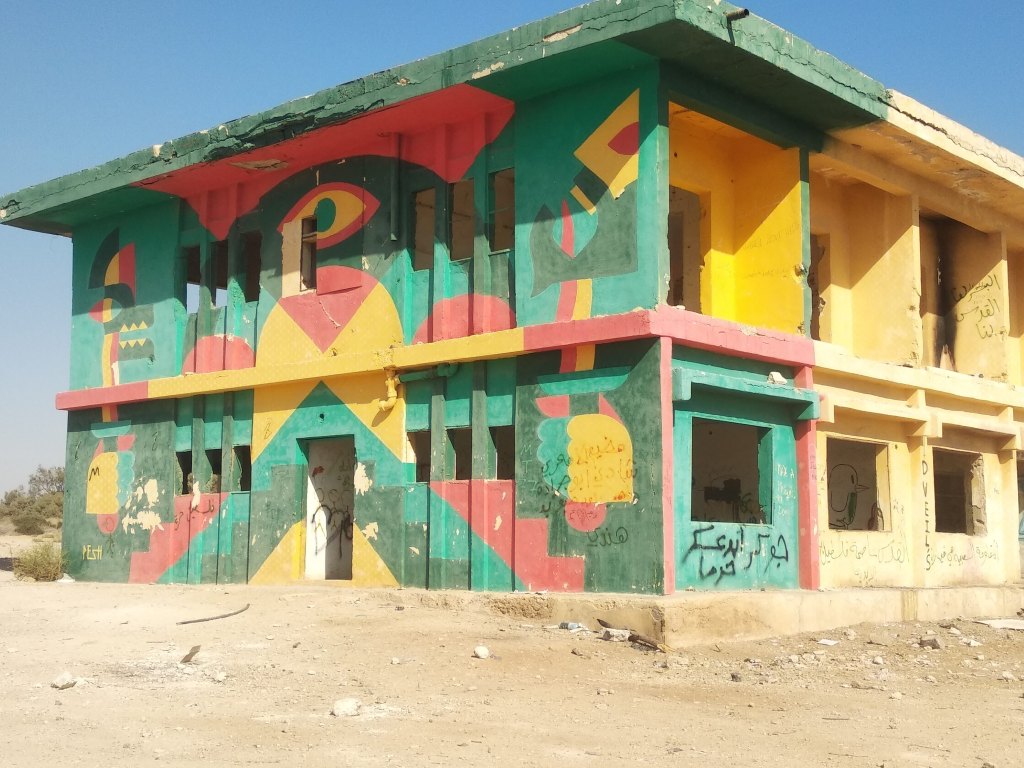I have never been a big fan of Eilat- the glitzy, southern town of Israel on the Red Sea, bordered by Egypt to the South and Jordan to the East. It has always seemed a bit like the Israeli version of Southend (with, admittedly much better weather ).
The last time we visited was in 2009. It is the stuff of shiny tax-free shopping, people frying themselves on the beach and then retreating to their package deal hotels and swimming pools before they hit the noisy nightclubs. Definitely not my thing. But then last year it was arranged that there was to be a reunion of WUJS , the movement that brought me to Israel back in 1979. The members coming from abroad would stay at the Ketura Kibbutz guest house, a 20 minute drive from Eilat, and would come together for various activities and meetups. We all booked rooms hoping that Covid would be over by November 2021. And then it wasn’t. Tourism only opened up here on November 1, by which time the overseas attendees had cancelled their rooms. But we kept ours, since the hosts in Ketura, Avigail and Noah , are great friends of ours, whom we have stayed in touch with over the years. So we decided not to cancel our booking and to spend a couple of days down south. On the way down to the Kibbutz I wanted to stop off at the Dead Sea, a bona fide tourist spot, being the lowest point on the planet, boasting unique geological features and a strange climate said to be good for various ailments and thus popularised by health tourism. It’s another place I don’t visit often.
We drove down to the Dead Sea, wondering as the scenery changed from our Sharon green, with its citrus groves and then through the green wooded hills of the Jerusalem area, and suddenly morphing into the desert scenery south of Jerusalem, before the true biblical desert area around Kalia, our first stop at the Dead Sea.
Our first point of call was the so called minus 430 Gallery, which is not exactly an art gallery in the traditional sense of the word. The self declared lowest art gallery on Earth is actually an impromptu gallery of graffiti art, on a bunch of abandoned buildings. Originally these buildings were barracks of the Jordanian army, which abandoned the buildings after the Six Day war, and were then occupied by Dead Sea Industry workers. They too abandoned them, and various artists moved in to decorate them. And they are actually rather fetching I think.
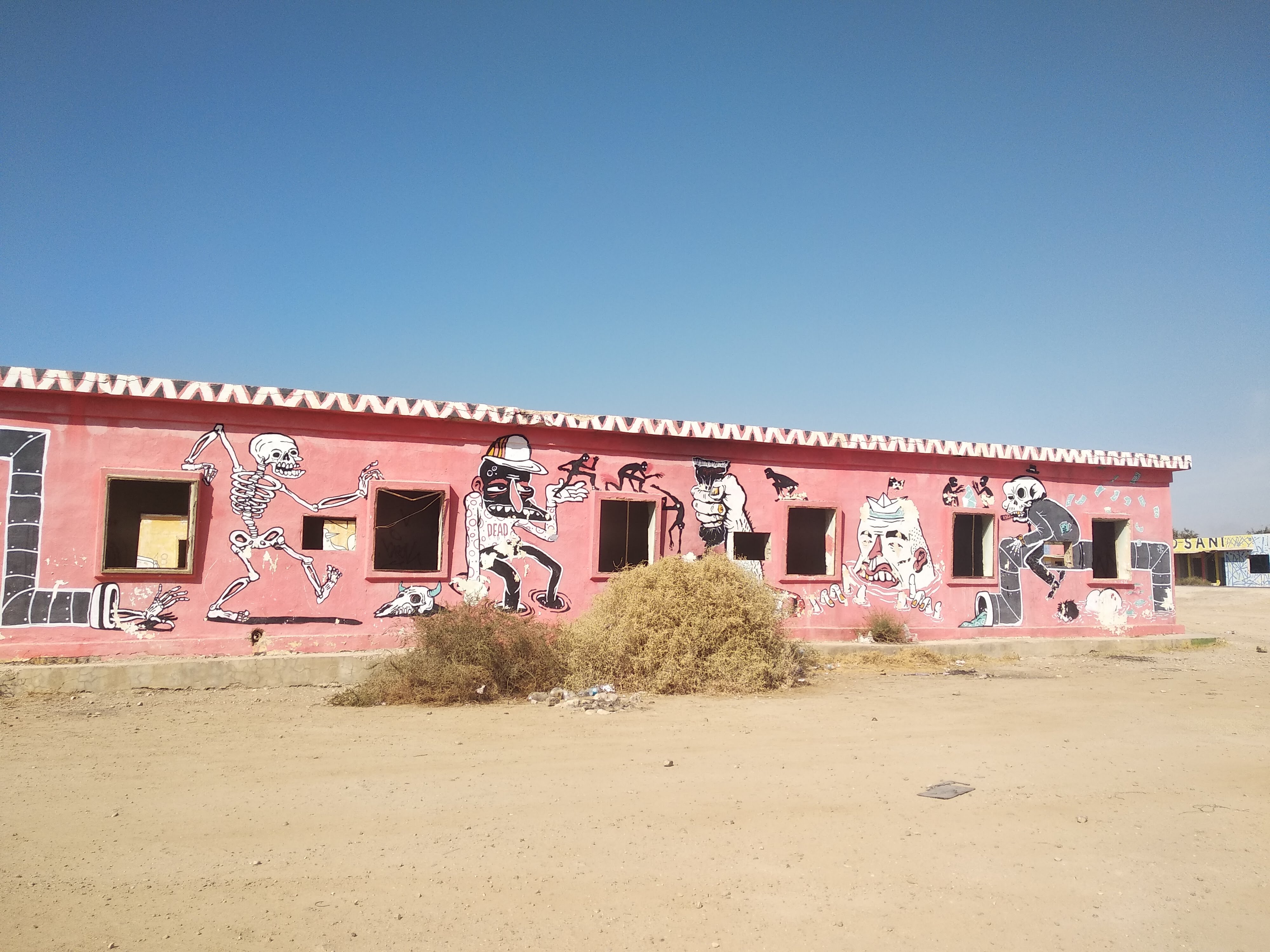




Each artist has a different style and message, and the stark contrast with the blue sky and the desolate landscape is really quite striking. I assume that, like all graffiti, these images are constantly changing. In any case it was all rather interesting. We met a pair of Austrian tourists on their way from Bethlehem to Jericho, and chatted a little with them, since we had just returned from 10 days in Austria, and discovered that coincidentally, one was from the Kitzbuhel area and the other from Graz! (see previous post)


As one heads on down south, the mountains tower over the road in ever changing strange shapes and caves, including the Qumran caves where the famous Dead Sea Scrolls were found. You can see all manner of strange figures, including the supposed shape of the Biblical Lot’s wife, turned into a pillar of salt. The Dead Sea area is constantly changing, and the sea is shrinking. In recent years the salt deposits have formed strange mushroom shapes in the sea, very popular among the Instagram crowd. We stopped off at the beach behind the Herod’s Hotel, which has a large free beach with sunshades and chairs, and also showers and toilets. The whole area has many more hotels than last time we were there, and has a nice promenade running the length of the northern part of the sea.
After spending a peaceful few hours sitting by the Dead Sea and reading we continued on to Kibbutz Ketura to check in and meet our friends Avigail and Noah for dinner in the kibbutz communal dining room and chat at their place over tea until bedtime.
Next day we got up and set off for Eilat and the Red (not Dead) Sea. We decided to go to the Coral Beach, which is part of the Nature Reserve and therefore requires sign up but doesn’t cost any money entrance if you have your Matmon Nature parks card (which we do). The beach is very quiet and has a lifeguard and shaded areas, free plastic chairs, toilets and a kiosk. There is a roped off area you can swim and snorkel in without disturbing the coral.You can also do diving courses nearby. It is apparently a very famous place for snorkelling and diving (about which I know very little). It is rather cool to see the mountains of Jordan opposite. We even saw a Jordanian flag in the distance.
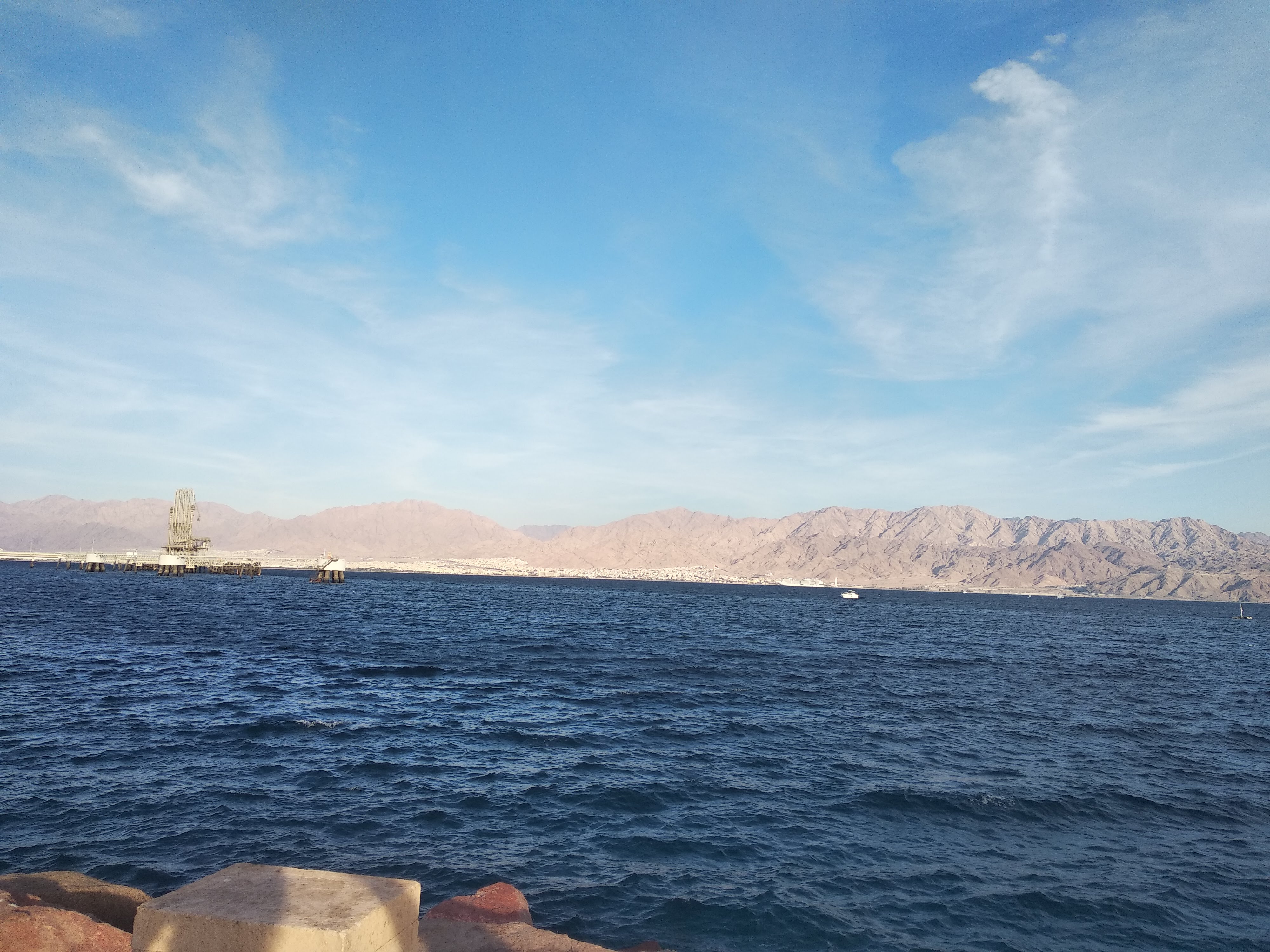

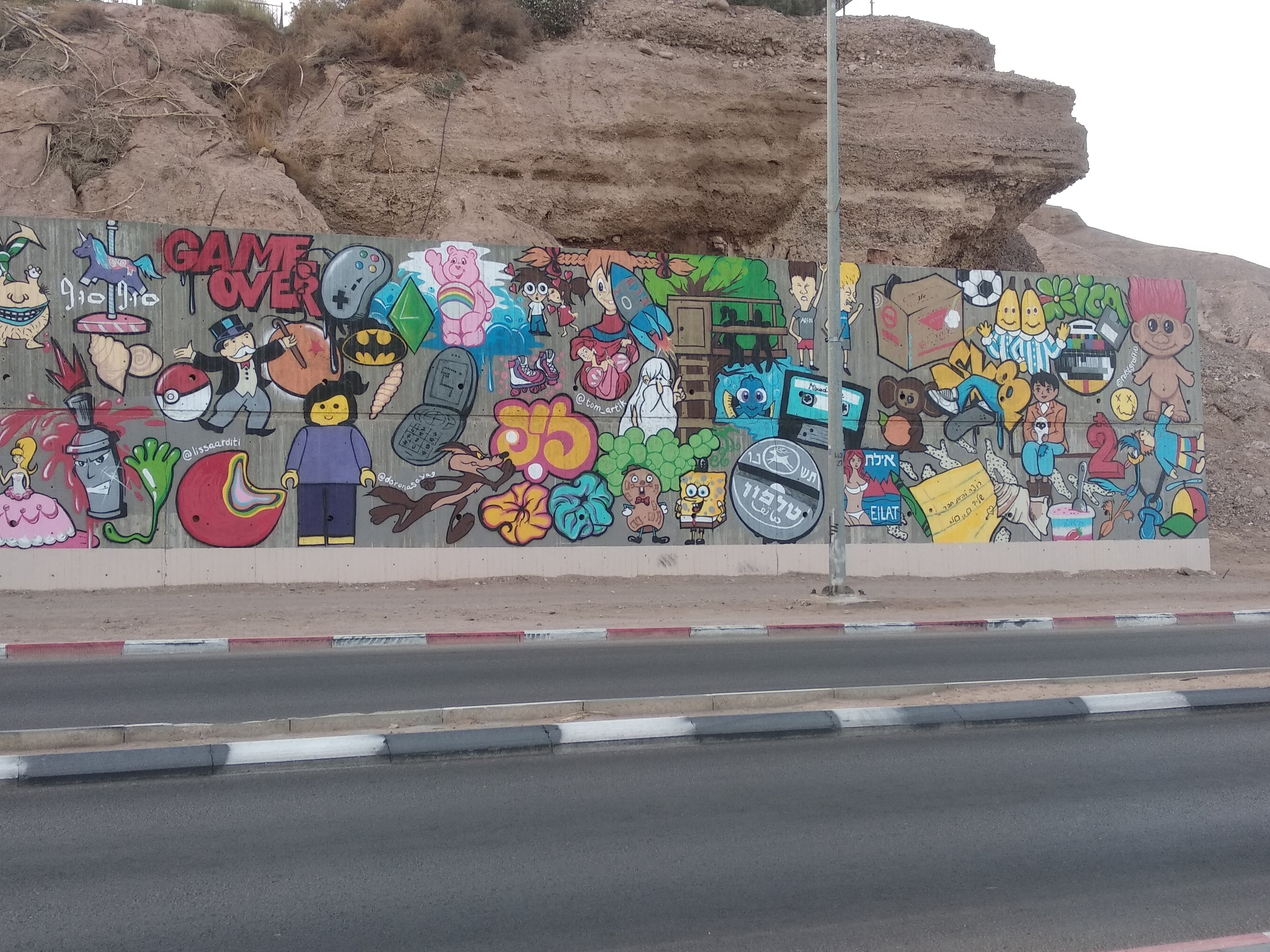

After spending a very pleasant day on the Coral beach, we wandered around in Eilat town. If you are so inclined you can rent a glass bottomed boat, or visit the Underwater Observatory, or even swim with dolphins. We did none of these but we did book a place in The Last Refuge fish restaurant, recommended to us by Noah, and very splendid it was too.
The next morning after meeting Avigail for breakfast and saying goodbye, we checked out and headed for home. But on the way we stopped off at a kibbutz called Neot Smadar, which I had heard of and even seen a documentary about. The documentary had made me most curious, but I understood that the current kibbutz is now completely different to what I had seen in said documentary. The place now houses about 200 people, who mostly do art and make cheeses and wines. The arts centre is open to the public for a small fee. You cannot just drive in though. You have to call a number from the gate and fill in a payment form and then you can enter. I think they just don’t want strangers barging into their kibbutz, which is fair enough. They also do various residential art workshops. The place was quite extraordinary and very photogenic. We had a guided tour of the Arts centre complete with short video explaining the history of the place, the winery and saw the goats. It was very enjoyable.
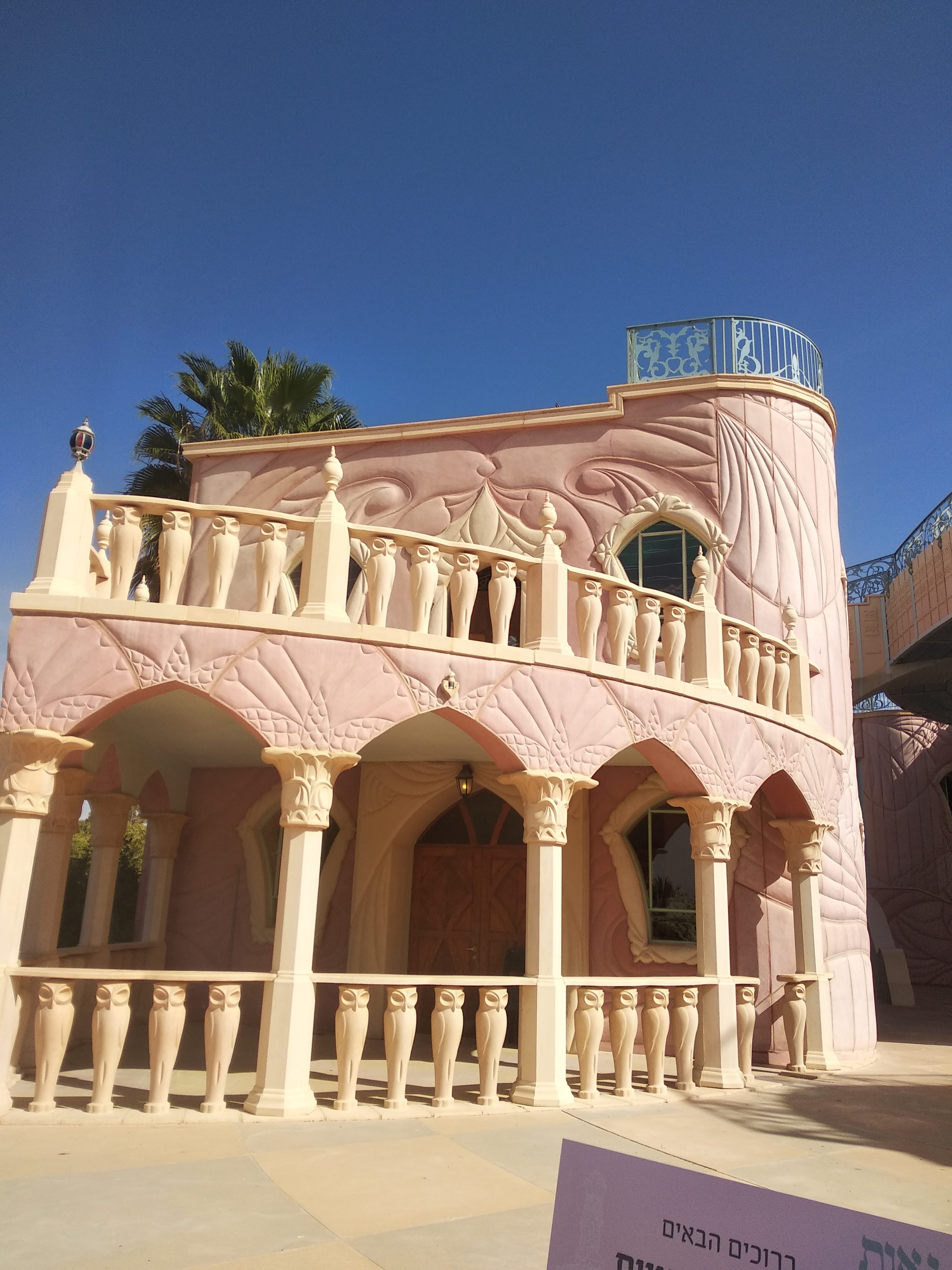

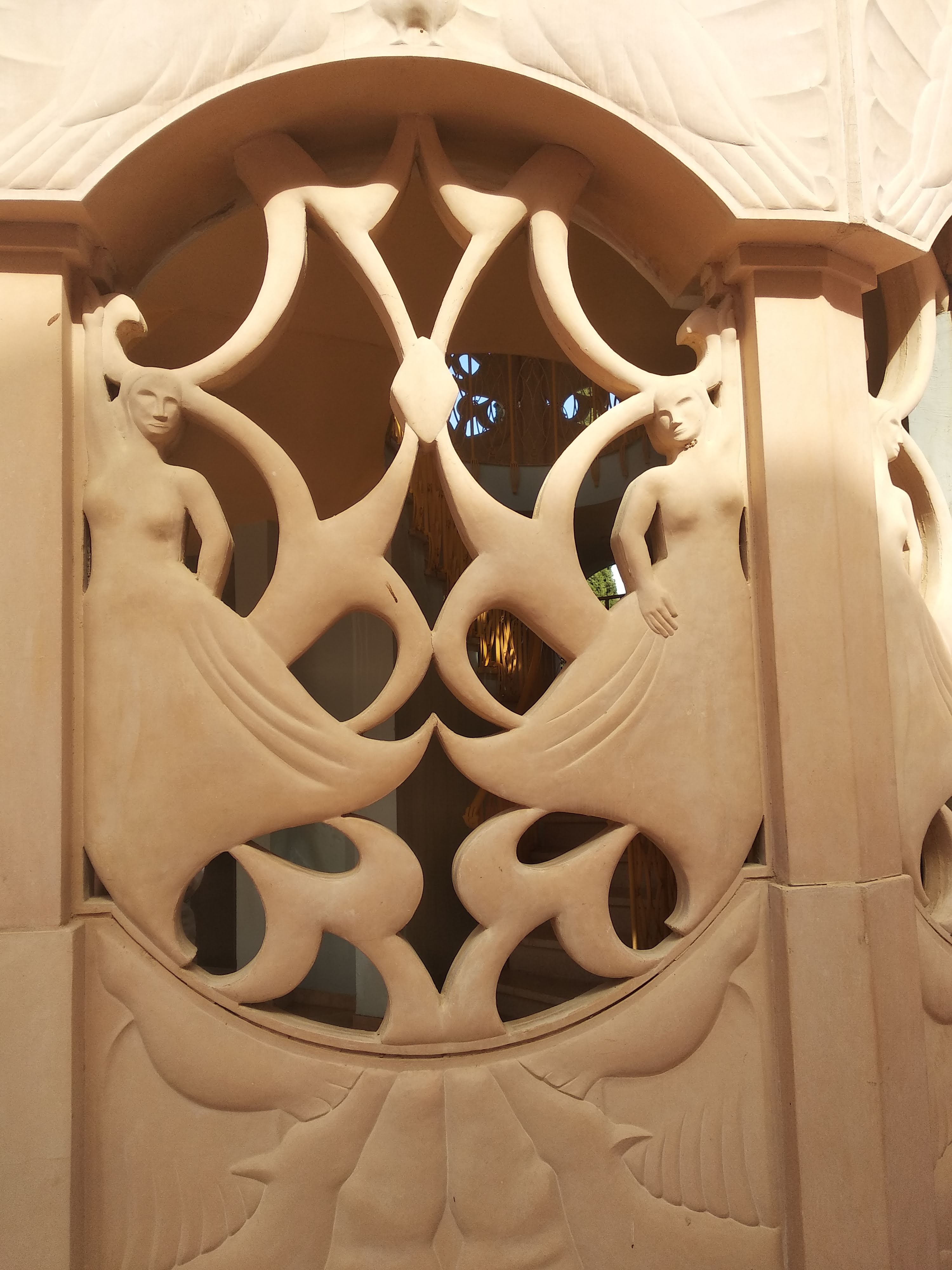

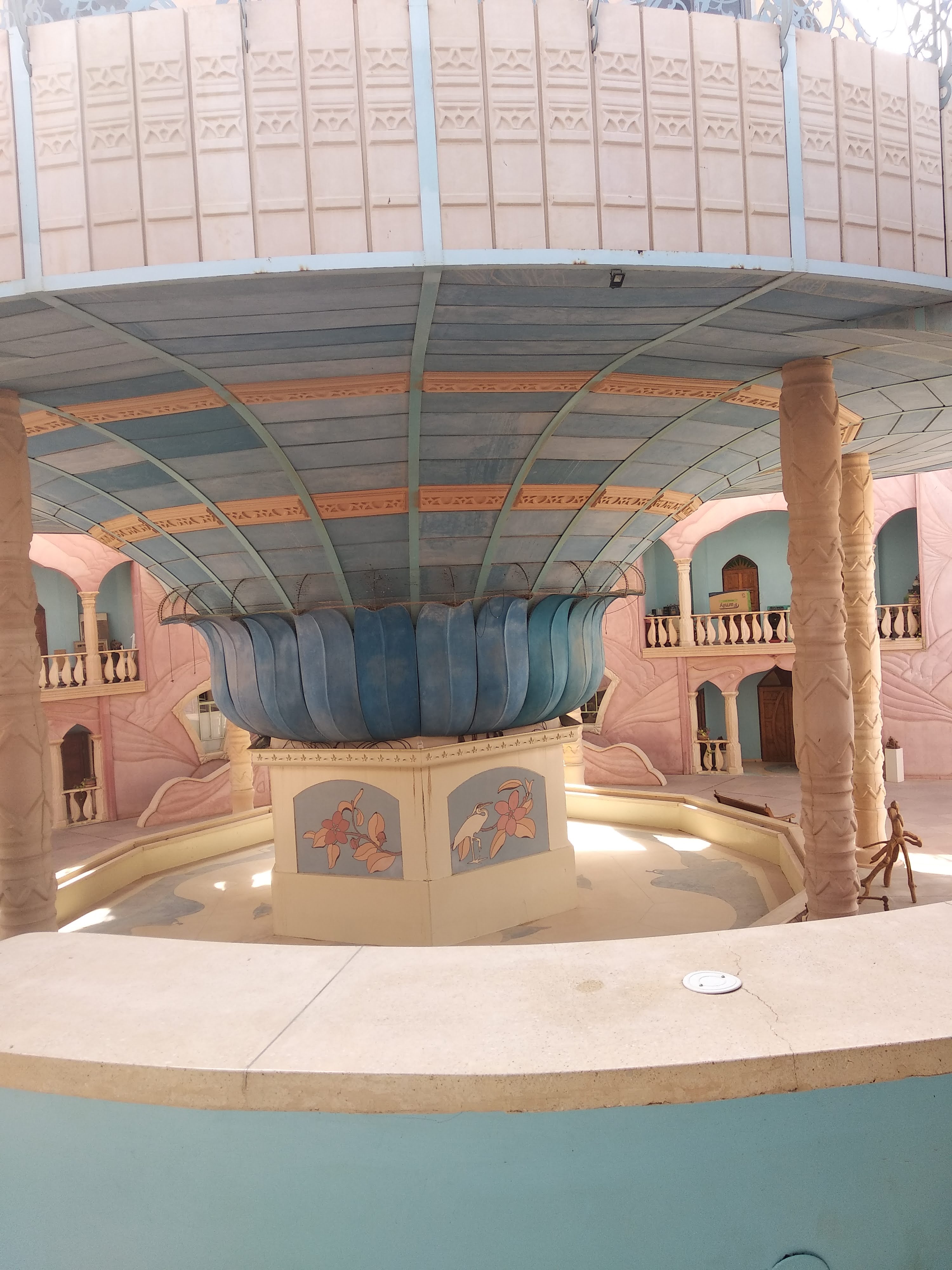
We then drove home “tired but full of impressions” as the Israelis say. The deep south was certainly interesting.
Stay tuned for our next adventure, now the summer heat has broken and rain is on the way…

